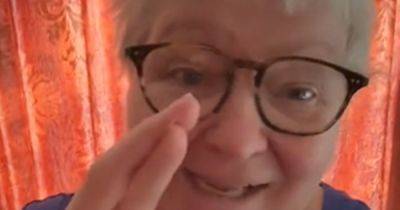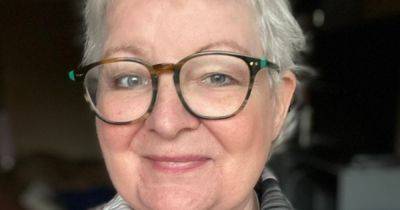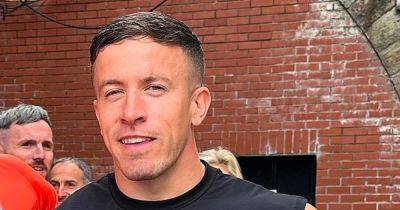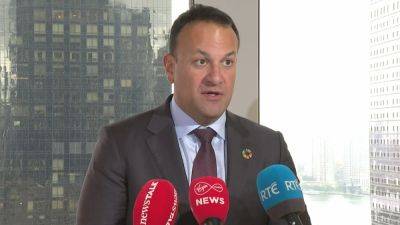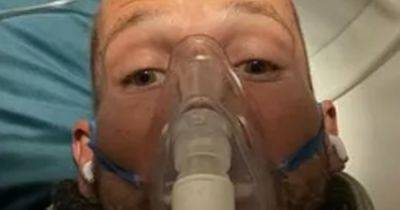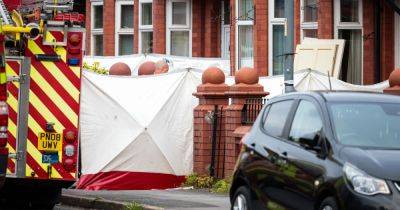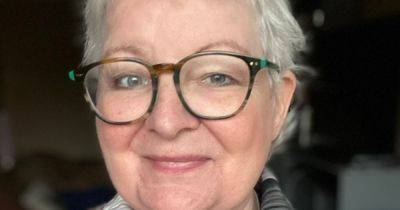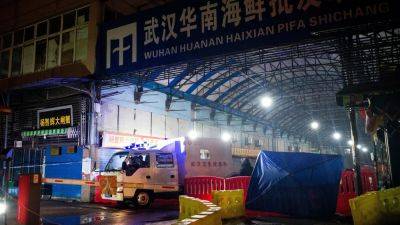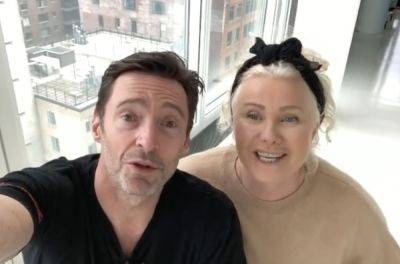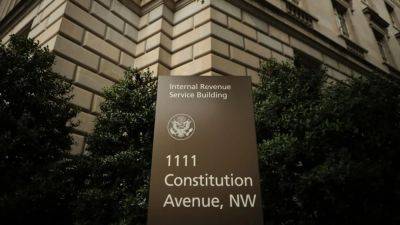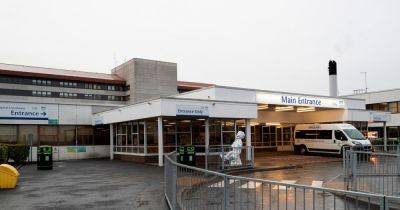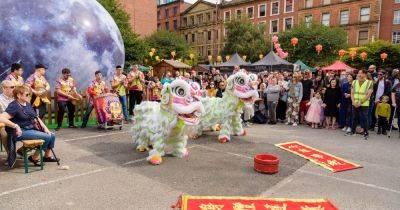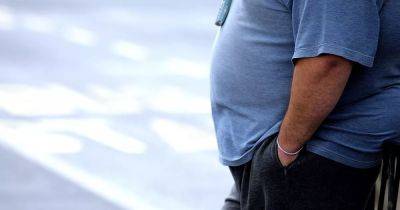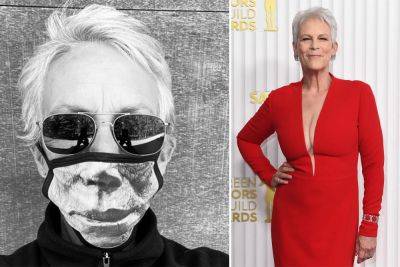Standing Strong and Brave, Amid Strife
For two decades conflict has torn through the forested northeastern provinces in the Democratic Republic of the Congo, in Ituri, in North Kivu and the territories of Nyiragongo, Rutshuru and Masisi; it’s also affected the province of South Kivu, and far to the region’s south-east, by Kalemie on the long shores of Lake Tanganyika.
More than 6 million people have been displaced by an enduring armed uprising. Over a two-week stretch in March 2023, some 100,000 people were uprooted and forced to move.
It is a fraught environment, where local radio spots can feature International Committee of the Red Cross appeals to weapons bearers to promote protection of civilians and acceptance for humanitarian work.The camps are crowded and hard places with little in the way of services and hygiene: places where infectious diseases like cholera and measles and respiratory syncytial virus loom as constant threats.
COVID-19 made things harder. Eugene Kabambi in WHO’s country office in the DRC has been several times to North Kivu and Tanganyika over recent months as Gavi, the Vaccine Alliance, UNICEF and WHO supported relief efforts in the camps, bringing integrated COVID-19 vaccine delivery and basic health services and working to beat back a cholera outbreak.In this photo essay photographer Guerchom Ndebo and Kabambi capture resilience, community effort and how people living in the camps are helping themselves—these displaced people are prevented from returning home by violence, enduring dire conditions.
Read more on who.int











